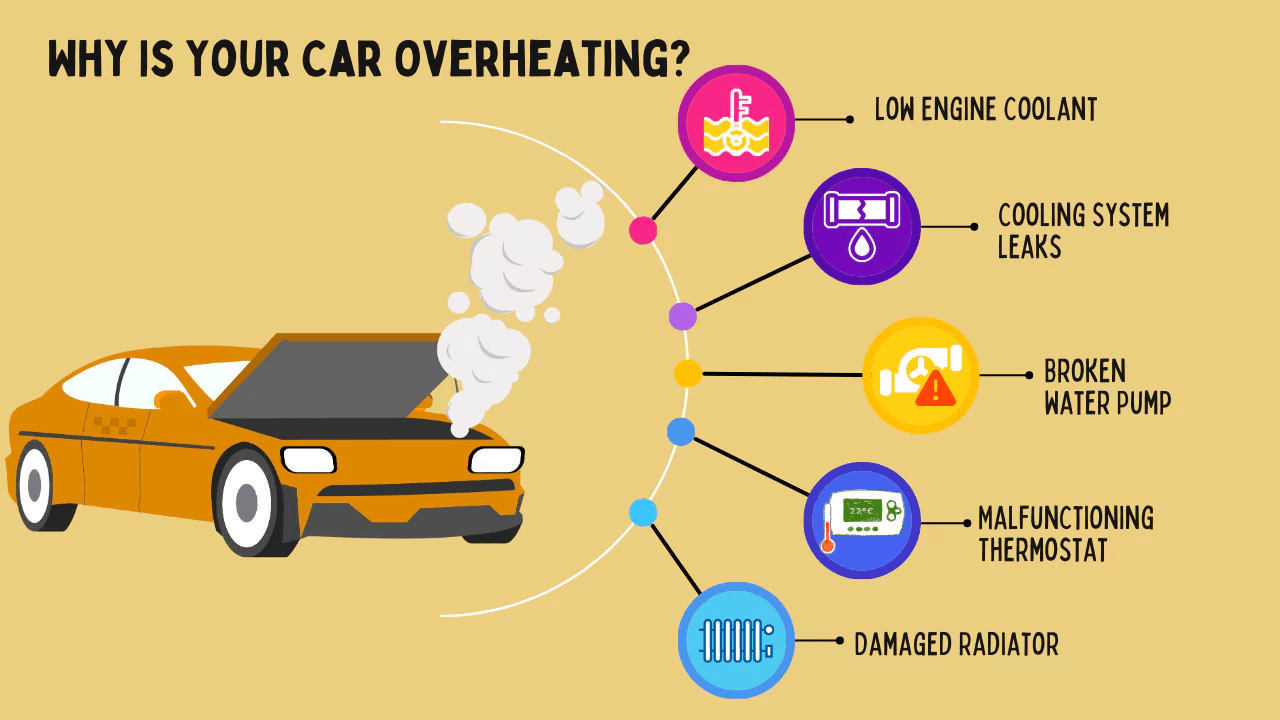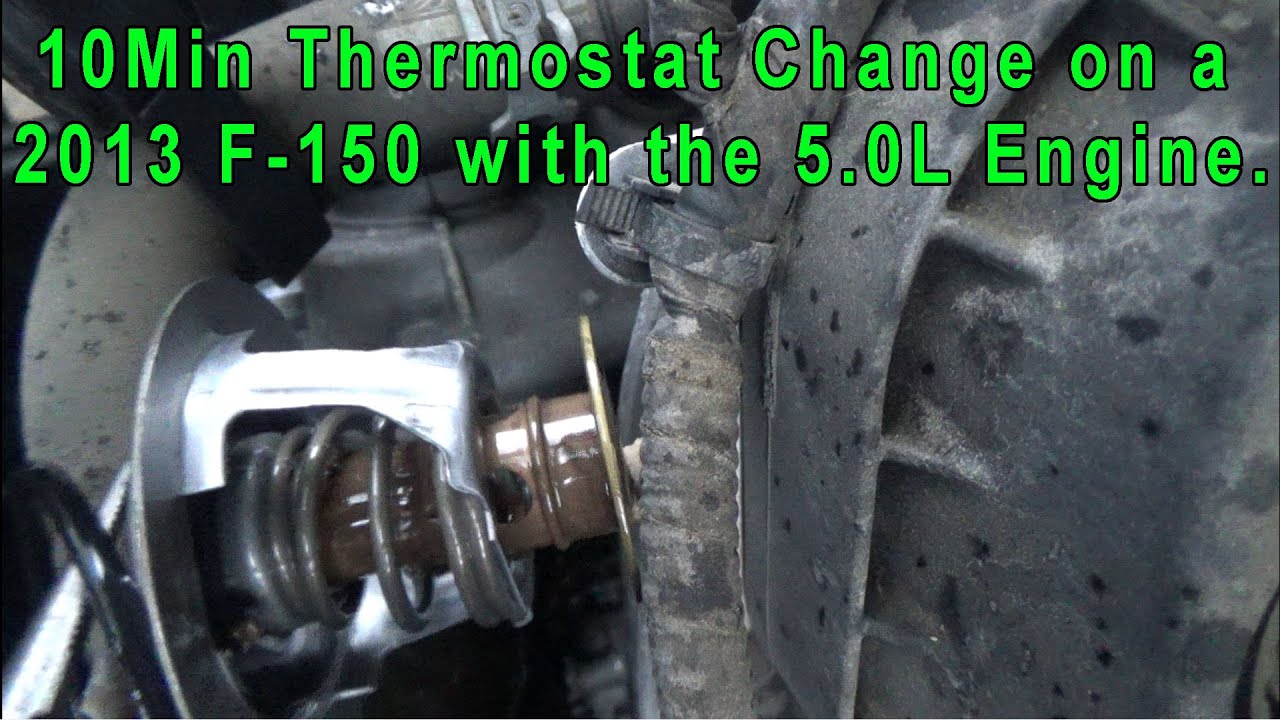Table of Contents
1. Why Overheating Is an Emergency ⚠️
An overheating engine can destroy itself in minutes. Here’s why you must act fast:
- Warped Cylinder Head: Repair costs 1,500–1,500–3,000.
- Blown Head Gasket: 800–800–2,000 to fix.
- Seized Engine: Total replacement ($4,000+).
Key Stat: 90% of overheating-related engine failures stem from ignored coolant leaks.
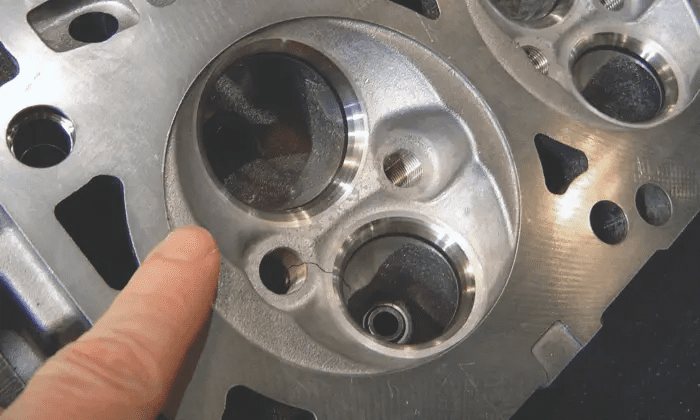
2. Top 5 Causes of Overheating 🔥
| Cause | Symptoms | Fix |
|---|---|---|
| Low Coolant | Leaks under car, low reservoir | Refill coolant, fix leaks. |
| Faulty Thermostat | Temp gauge spikes/drops | Replace thermostat (20–20–80). |
| Clogged Radiator | Overheating at idle | Flush radiator or replace. |
| Broken Cooling Fan | Fan not spinning at stops | Check fuses, replace fan motor. |
| Bad Water Pump | Coolant leak near pulley | Replace pump (100–100–400). |
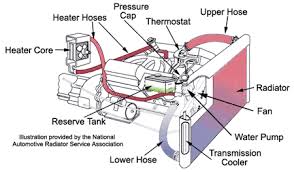
3. How to Cool Your Engine Fast 🚨
Step 1: Pull Over Safely
- Turn off the A/C and crank the heater to max—it draws heat from the engine.
- Never open the radiator cap hot! Scalding risk!
Step 2: Let the Engine Cool
- Pop the hood to improve airflow. Wait 30+ minutes before checking coolant.
Step 3: Add Coolant (If Safe)
- Use a 50/50 coolant-water mix. In a pinch, distilled water works temporarily.
4. Step-by-Step Fixes for Common Issues 🛠️
Fix 1: Replace a Faulty Thermostat
- Drain coolant from the radiator.
- Remove the thermostat housing (usually near the upper radiator hose).
- Install a new thermostat and gasket.
- Refill coolant and bleed air from the system.
Fix 2: Unclog a Radiator
- Remove debris with a soft brush.
- Flush with water or use a radiator cleaning kit ($15).
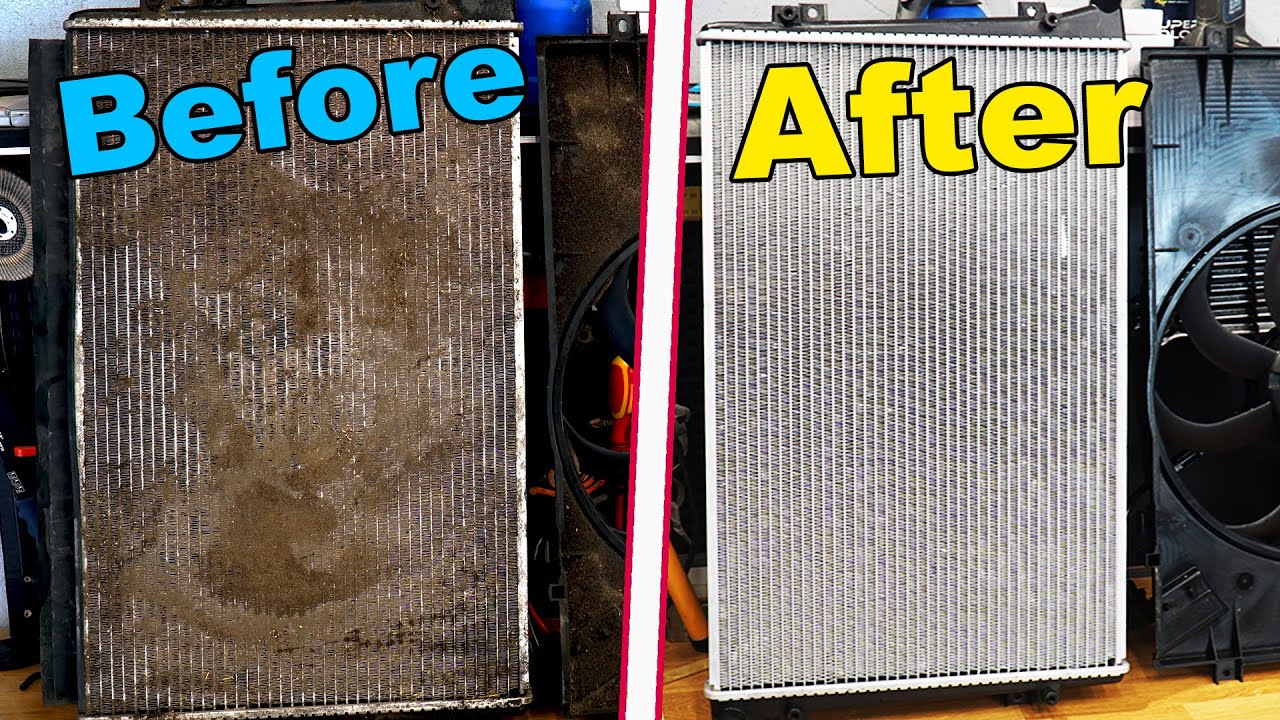
5. Preventing Future Overheating 🛡️
- Check Coolant Monthly: Ensure it’s between MIN/MAX marks.
- Replace Coolant Every 2–3 Years: Prevents corrosion and sludge.
- Inspect Hoses & Belts: Cracks in hoses? Replace them (20–20–50).
6. Tools & Products You’ll Need 🧰
| Tool | Purpose | Price |
|---|---|---|
| Coolant Pressure Tester | Find leaks | 40–40–80 |
| Infrared Thermometer | Check radiator temps | 30–30–60 |
| Radiator Flush Kit | Remove blockages | 10–10–20 |
7. When to Call a Mechanic 👨🔧
Seek Help If You Spot:
- White exhaust smoke: Sign of a blown head gasket.
- Milky oil: Coolant mixing with oil (critical engine damage).
- Persistent overheating after DIY fixes.
8. FAQs ❓
Q: Can I drive with the temp gauge in the red?
A: No! Stop immediately to avoid engine seizure.
Q: Why does my car overheat in traffic?
A: Likely a broken cooling fan—test it by jumping the relay.
Q: Is tap water okay for coolant?
A: Use distilled water to avoid mineral buildup.
9. Free Overheating Survival Checklist 📝
Download Your Free Checklist [🔗 Link]
Includes:
- Emergency steps for overheating.
- Cooling system maintenance schedule.
- Must-have tools for DIY repairs.
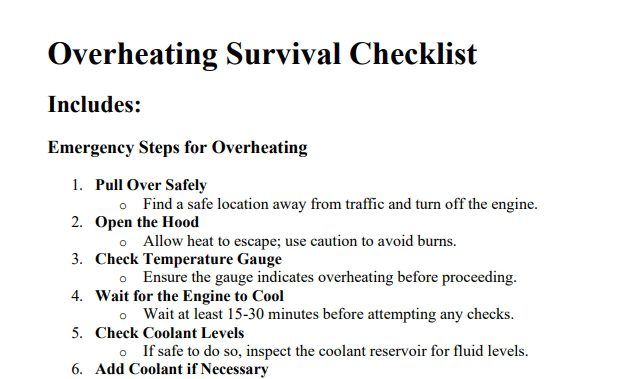
Final Pro Tips 🌟
- Carry Emergency Coolant: Keep a 50/50 mix in your trunk.
- Monitor Gauges: Modern cars hide temp gauges—use a scan tool for real-time data.
- Practice Prevention: A $20 thermostat replacement beats a $2,000 engine rebuild!
🌟 Share this guide to help others avoid roadside disasters! 🌟
Expand Your Automotive Knowledge 📝
Explore 500+ Free Expert-Curated Guides
🚗 Learn New Skills
From basic maintenance to advanced repairs — clear, actionable tutorials for every skill level.
🌍 Access Anywhere
Mobile-friendly guides with HD visuals. No downloads required.
- Guides & Tutorials
- Car Maintenance 101
- Diagnostics & Troubleshooting
- Seasonal Maintenance
- Budget-Friendly Repairs
- Electrical Systems Guide
- Car Safety & Reliability
- Tools & Product Reviews
- Routine Maintenance
- Car Modifications & Upgrades
- Buying/Selling Guides
- Eco-Friendly Car Care
- Advanced Repairs
- Car Laws & Compliance
- Emergency Repairs
- Future Car Tech

